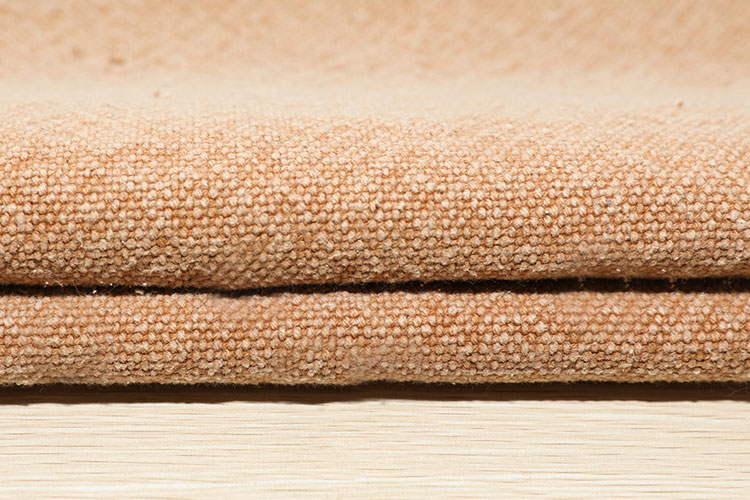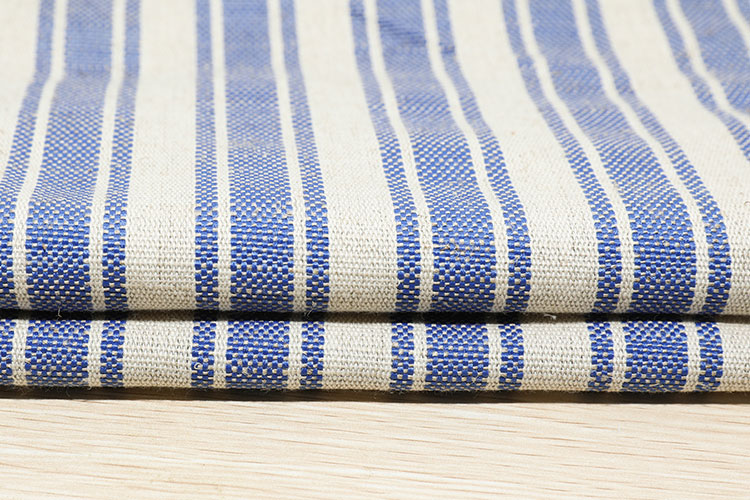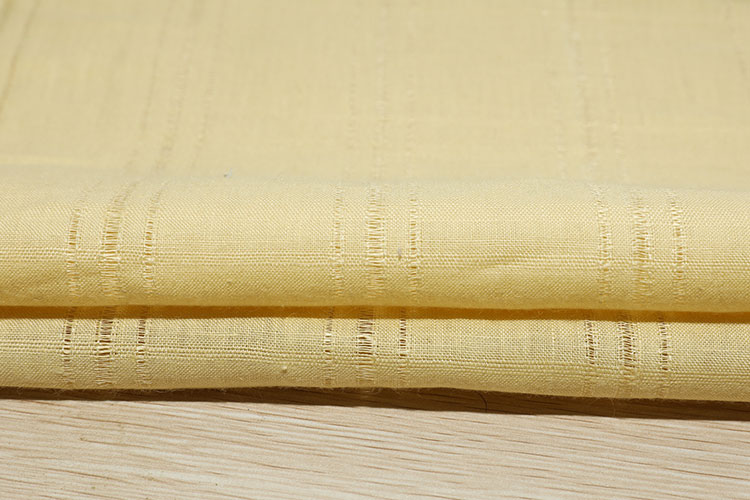If you're considering experimenting with Hemp Viscose Yarn Dye Fabric, you'll want to do your research first. These fibers are derived from hemp stalks, which are separated from the bark through retting. Once the fibres are separated, they are spun into continuous thread, which is then woven into fabric. Then, they're dyed, processed, and printed.
Hemp fibers are naturally resistant to UV rays and are therefore suitable for clothing. Hemp fabric is also antibacterial, odor-repellent, and eco-friendly. The granular texture of the fabric makes it softer with every wash. Its inherent UV-resistant, antibacterial, and breathable properties make it an excellent choice for use in clothing and homewares.
In order to distinguish hemp-based fabric from synthetic fabrics, a look at their fiber composition is needed. This is the key to making a high-quality textile. To identify hemp-based fabrics, look for the symbols "100% hemp" or "hemp" or "hemp viscose yarn" on the label. This label indicates that the fabric contains hemp fibers. Moreover, hemp fibers are eco-friendly.
A significant environmental benefit of hemp fabric is that its production is sustainable. It has been around for thousands of years without causing major environmental disasters. While producers may not follow the most sustainable cultivation and manufacturing processes, they must ensure that they meet strict environmental standards when manufacturing their fabric. A landmark study published in 1998 indicates that hemp textiles use fewer acres of land and release fewer toxic substances into the soil compared to synthetic fabrics.
Hemp fibres are soft and lightweight, and they have superior insulating capabilities, making them an excellent alternative to synthetic fibers. Hemp fabric also resists mold and mildew, and the fibres of hemp fabric do not degrade even after dozens of washings. Its low-impact production makes it a perfect choice for clothing. There are many reasons why hemp fabric is so great.
The method of manufacturing hemp yarn-dyed fabric includes continuous pretreatment, cellulase-based enzyme treatment, dyeing, and post-processing steps. A hemp yarn-dyed fabric can include a pretreatment step that uses sodium hydroxide and hydrogen peroxide, and a post-treatment step that uses a permeate stabilizer. It is possible to produce both high-quality fabric and hemp fabric that are environmentally friendly.
The process of producing hemp yarn-dyed fabric also helps reduce pollution. Unlike cotton, hemp does not require much land for cultivation, and the yield of fibre per hectare is often double that of cotton. However, hemp is not necessarily organic, so consumers should do their research and find out what certifications are available before purchasing. You can read more about hemp fabric and its benefits by reading this article.
Hemp has been used for thousands of years for its medicinal and psychoactive properties. Although hemp did not enter the human diet until the late 19th century, it was already grown in many parts of the world. Hemp fabric production began in China during the fifth millennium BC. This plant was first cultivated as a medicine and now serves as a sustainable source of fabric. And as a result of the rapid growth of hemp in its cultivation, it has become an integral part of clothing production.



 English
English Chinese
Chinese



 +86-573-81880066
+86-573-81880066 +86-13666752302
+86-13666752302 enbo_dong@126.com
enbo_dong@126.com